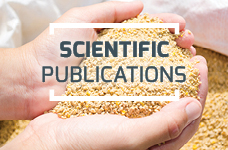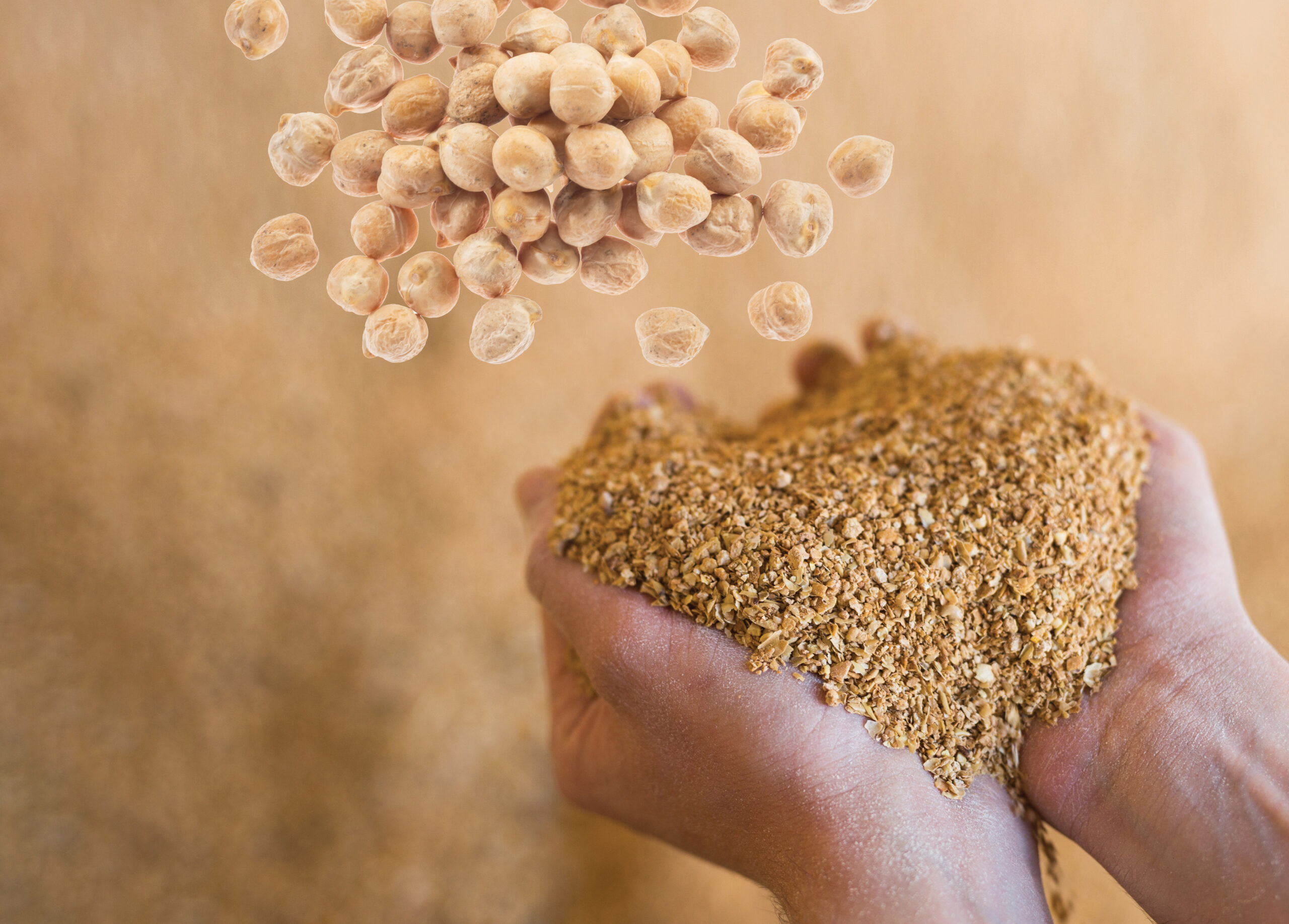Three recent scientific publications in Poultry Science (June, July and September 2024) from Adisseo R&I or collaboration from Adisseo R&I tackle for one, a nutritional challenge that low protein diets can bring in feed formula, with some possible strategies to overcome, then the two other deal with effect of supra-nutritional dose of specific amino acids in low crude protein diet and under coccidiosis challenge.
Key messages of those publications are presented below and you can find at the end the links to read the full publications.
INCLUSION OF SLOWLY DIGESTIBLE STARCH SOURCE IS A PROMISING STRATEGY THAN REDUCING STARCH TO-PROTEIN RATIO IN LOW PROTEIN BROILER DIETS
Decreasing dietary crude protein presents many advantages in terms of sustainability for the animal production sector which is often regarded as a significant global warming player. Traditionally, crude protein reduction is carried out by increasing cereal grains at the expense of soybean meal (SBM) and with the addition of (non)-essential synthetic amino acids. This strategy invariably widens the starch-to-protein ratio in a typical corn-SBM diet and has certain consequences on the digestive dynamics of both protein and starch in broilers transpiring into poor performance. Despite the availability of crystalline amino acids that allows us to cover all the amino acids required to match the ideal protein profile, certain other blocking points need to be addressed to consolidate the growth performances in birds fed low protein diets. Therefore, reducing starch to protein ratio in low protein diet with either rapidly digestible or slowly digestible starch source is worth exploring. With this background, we performed a trial on broilers during growing phase (11-26 d). Our study showed that compared to traditional low protein diet with and without reduced starch: protein ratio, inclusion of peas (slowly digestible starch source) and soy hulls (insoluble fiber source) in the low protein diet appeared to be a promising strategy to regather part of the lost growth performance.
PHASE-SPECIFIC OUTCOMES OF ARGININE OR BRANCHED-CHAIN AMINO ACIDS SUPPLEMENTATION IN LOW CRUDE PROTEIN DIETS ON PERFORMANCE, NUTRIENT DIGESTIBILITY, AND EXPRESSION OF TISSUE PROTEIN SYNTHESIS AND DEGRADATION IN BROILER CHICKENS INFECTED WITH MIXED EIMERIA SPP.
AND LOW PROTEIN DIETS WITH METHIONINE OR THREONINE DURING MIXED EIMERIA CHALLENGE
These two articles deal with the effect of supra-nutritional dose of branched chain amino acids or arginine (Adeleye et al. 2024) or Threonine or Methionine (Taylor et al. 2024) in low crude protein diets and under coccidiosis challenge.
The aim of this project is to investigate the functional role of amino acids on the resilience and resistance of broilers to coccidiosis infection and recovery from the infection. The results published showed a significant effect of Arginine supplementation on growth performance during acute phase of the infection and recovery allowing similar growth as positive control group. Branched chain amino acids also showed some on measured parameters.
In the other study, supplementation with Threonine or Methionine had limited effects on the outcomes of a mixed Eimeria challenge but provides benefits to the host by enhancing their immune response.
Those articles are issued from the collaboration between teams of Agri-Food and Biosciences Institute (UK) and the University of Georgia (USA).




